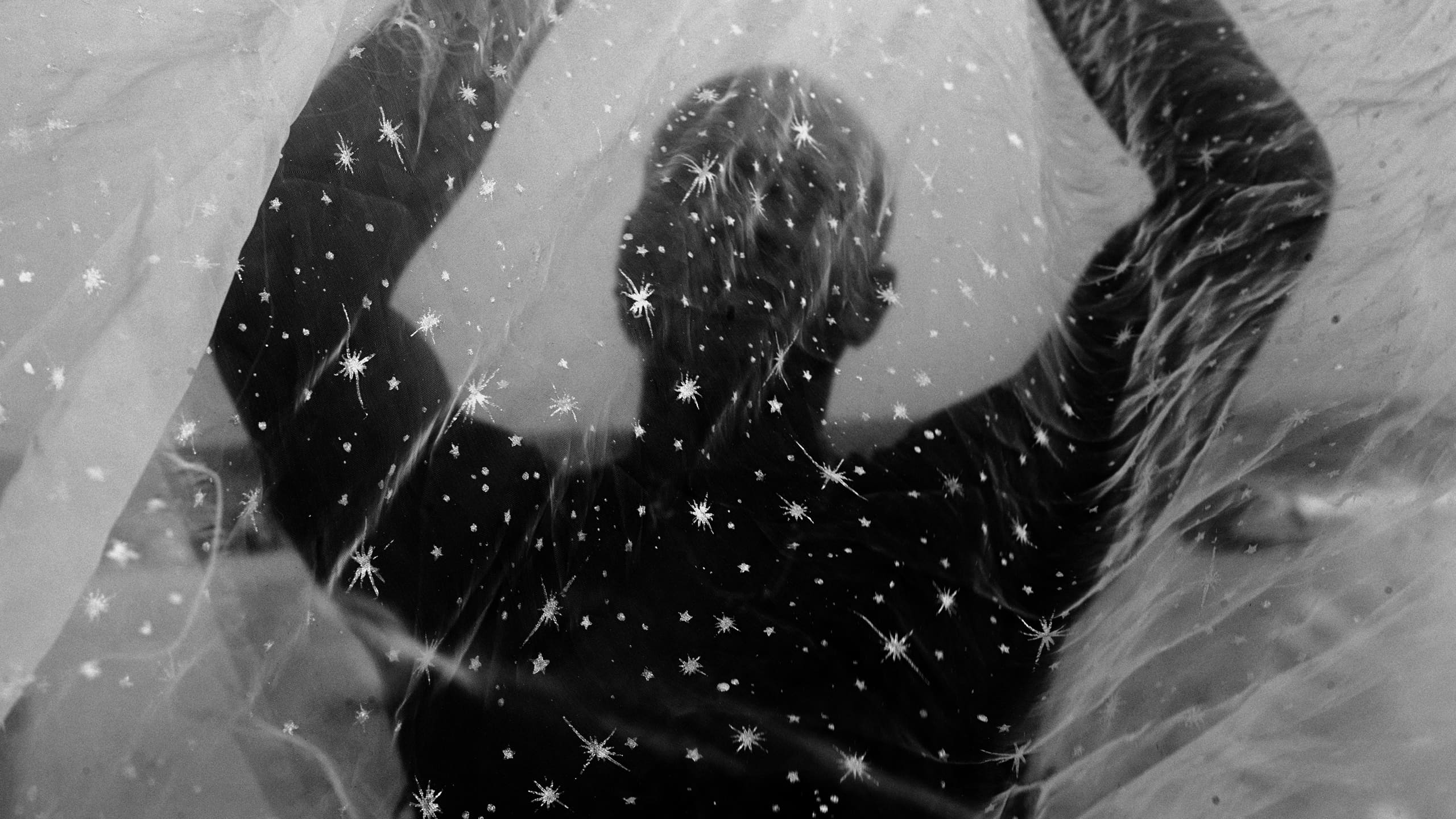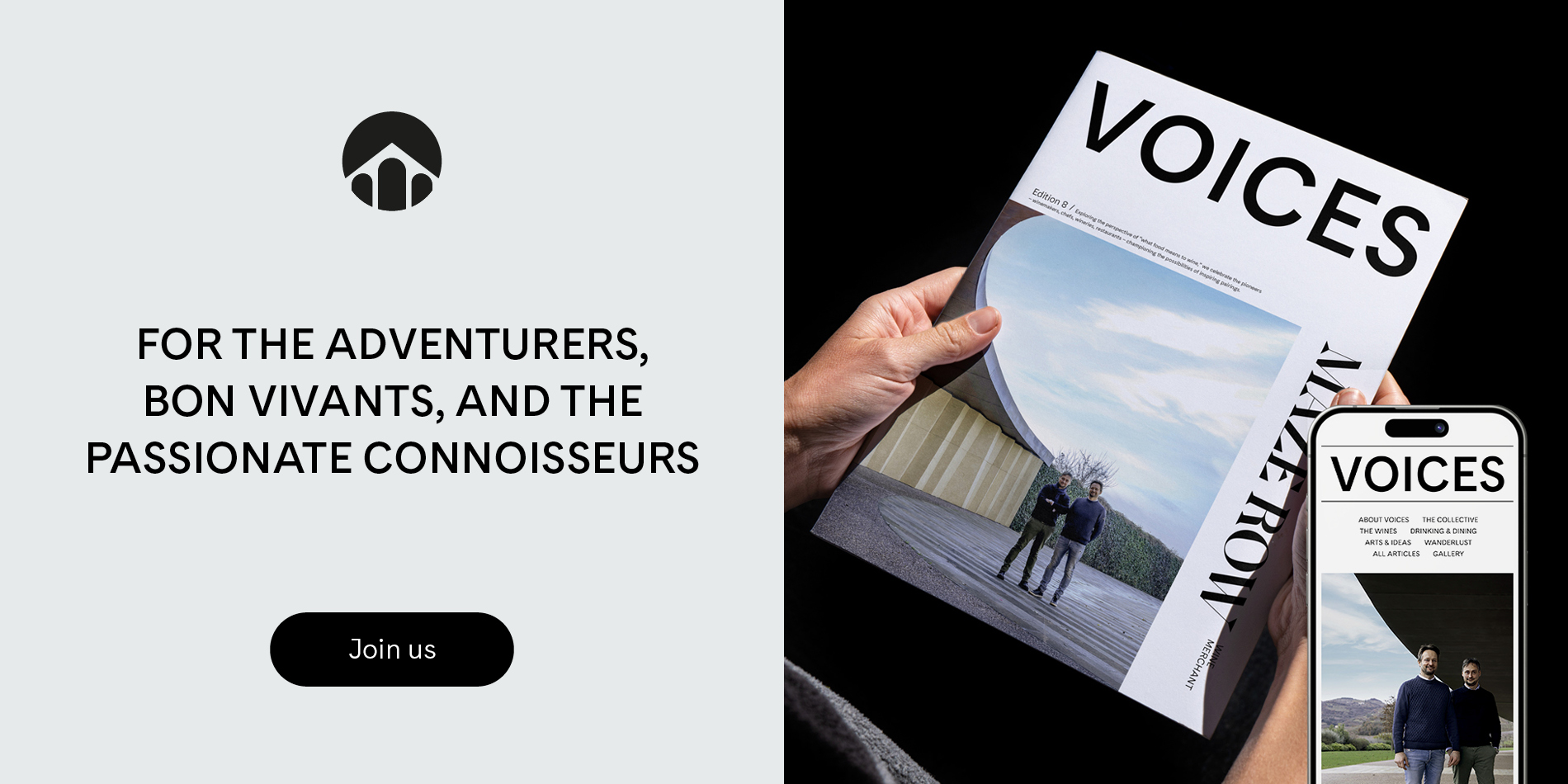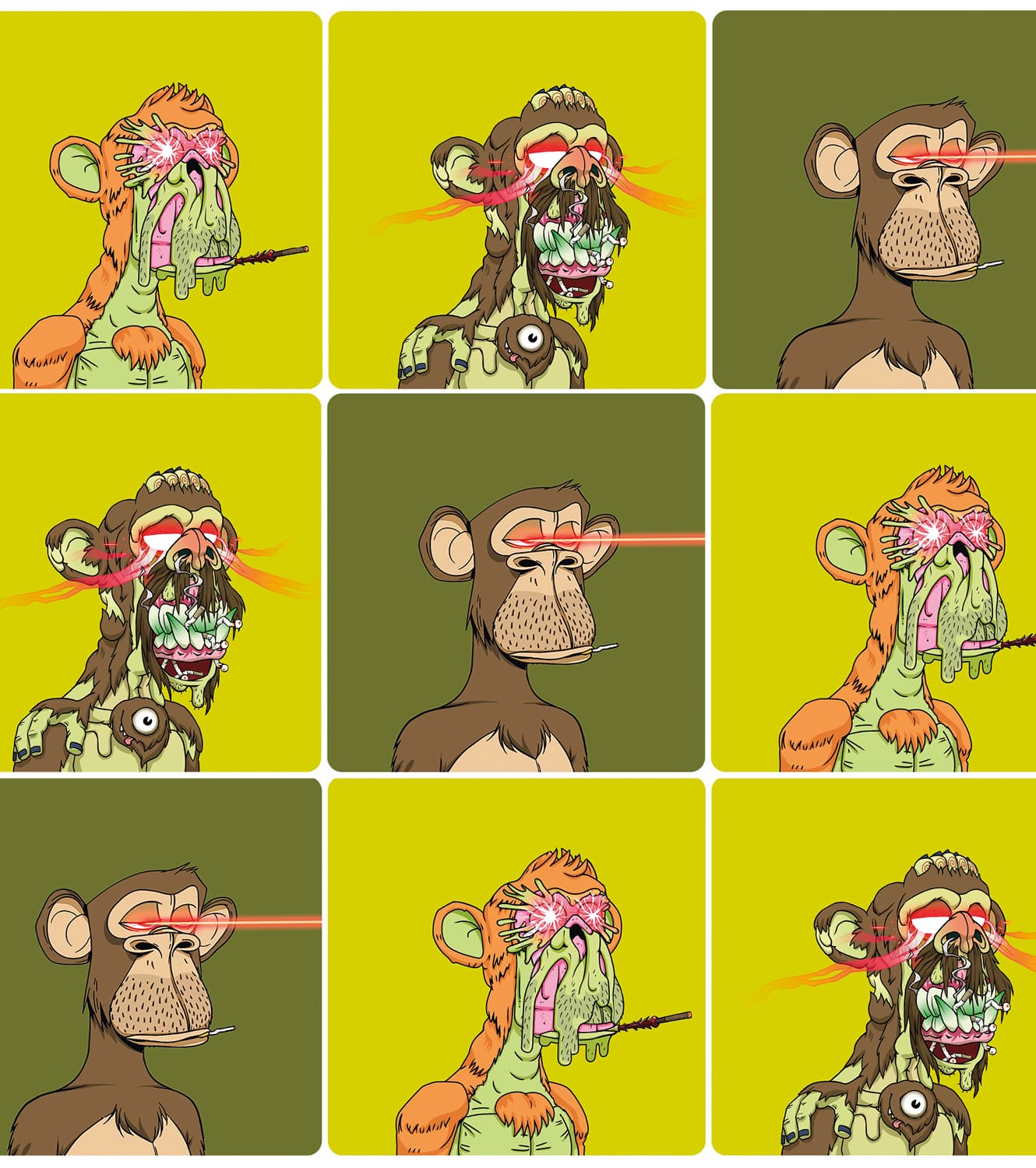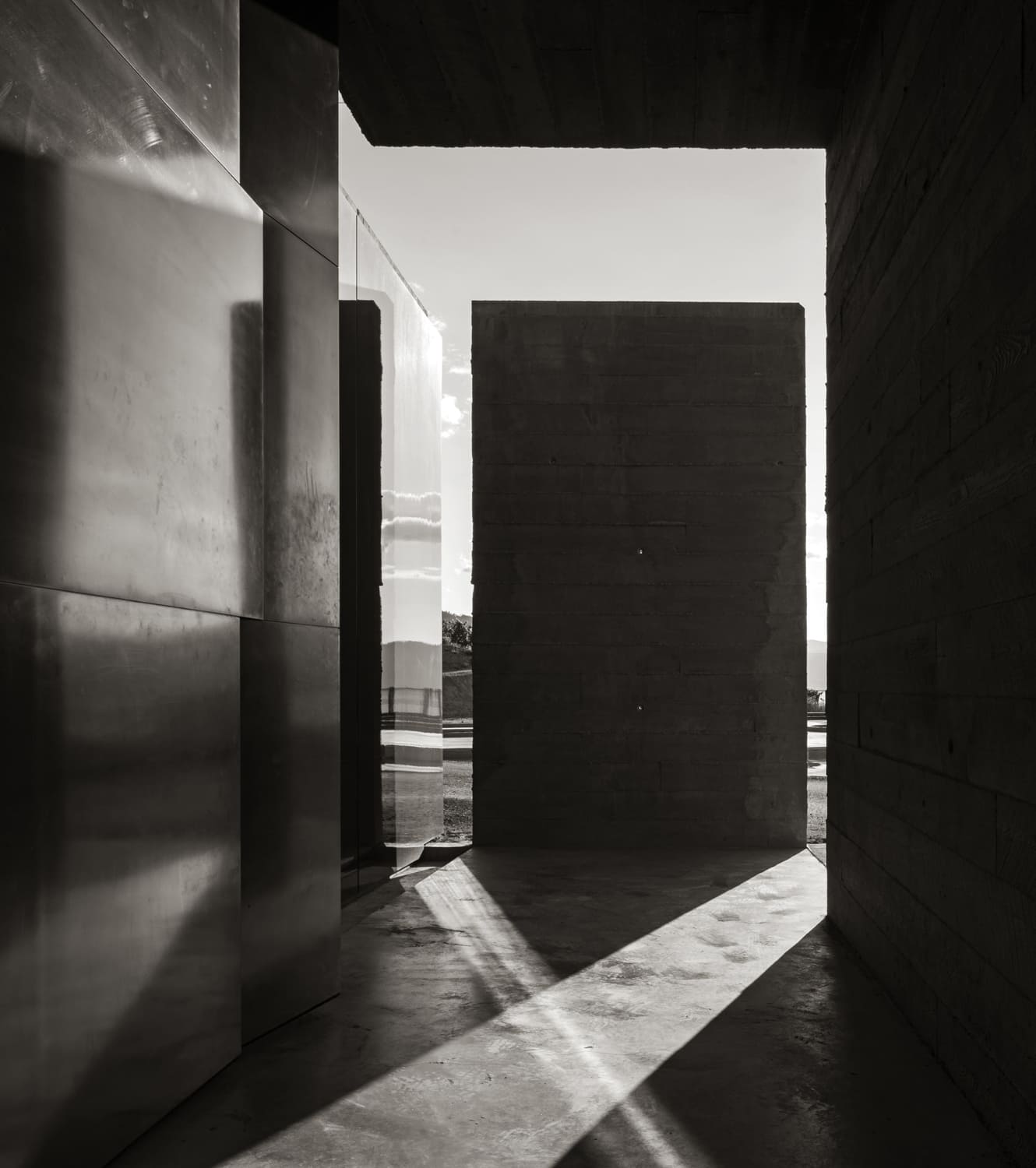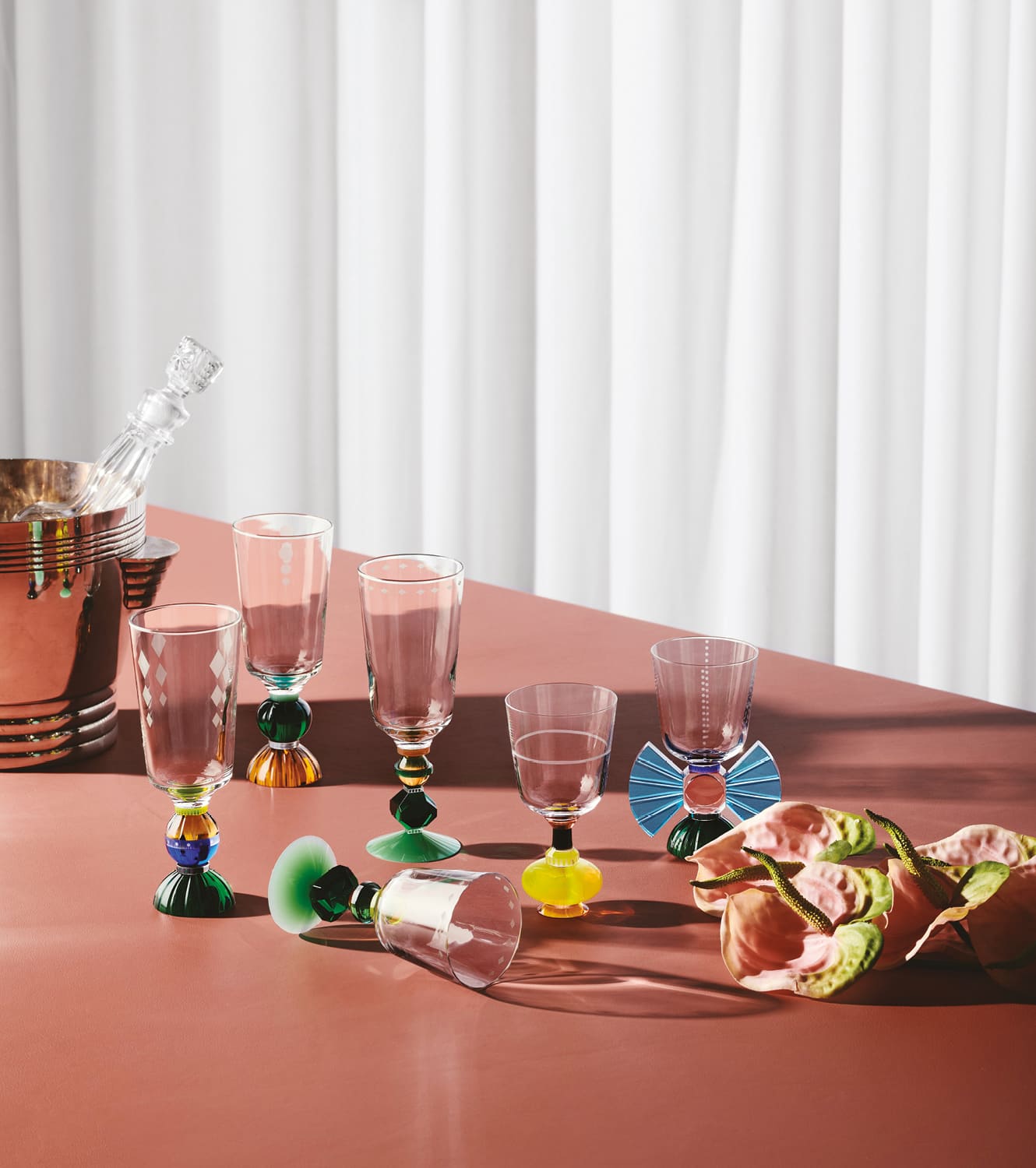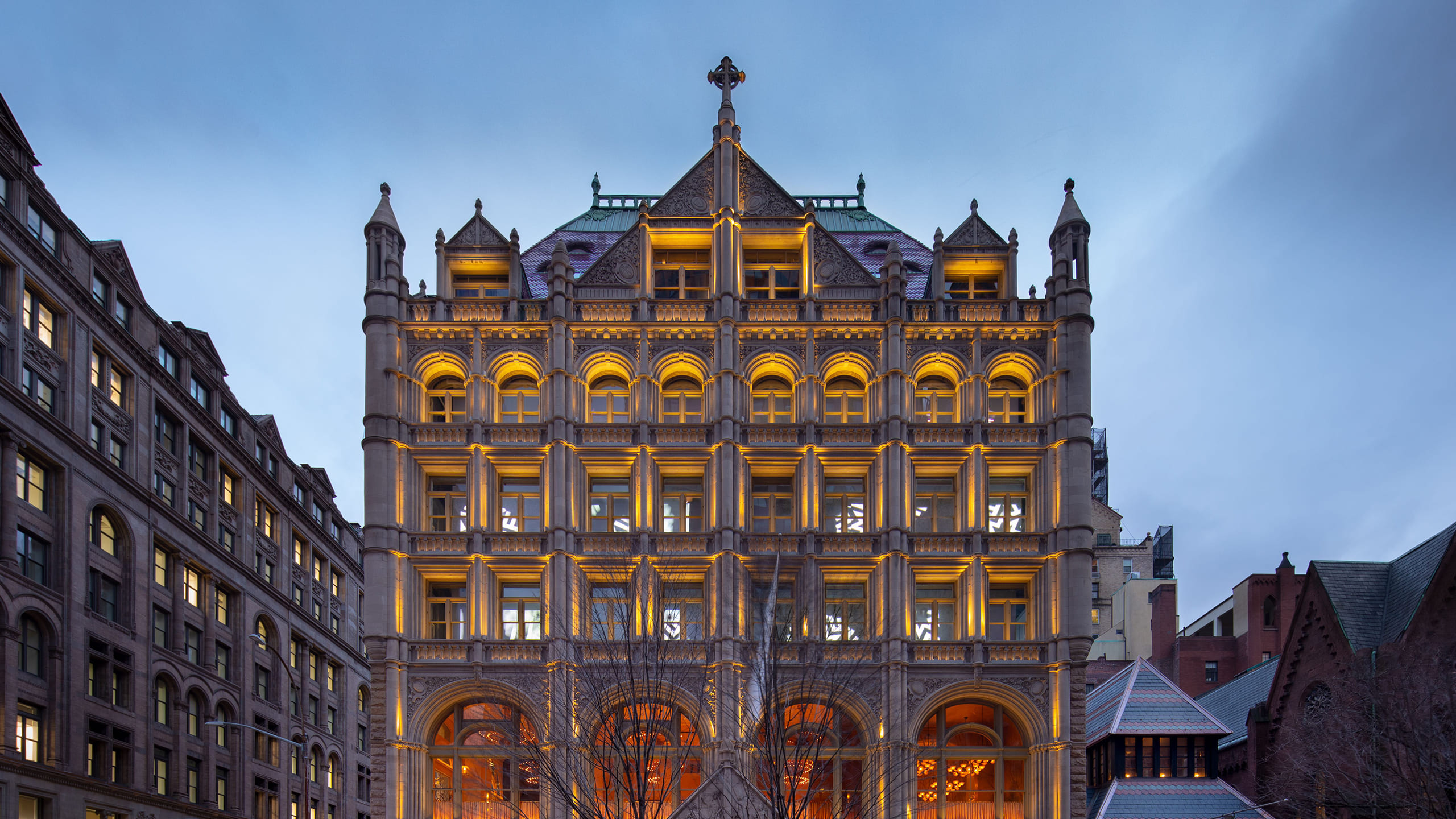
WAYS OF SEEING
Can photography and image making alter the way we see the world and open our eyes to new possibilities? Tom Seymour visits two shows to see how artists are using their lens for positive change
Can photography open our mind to new ways of experiencing and seeing wine? Can the act of standing in front of visual brilliance help to expand our palate, to allow us to taste more deeply? Equally, can beautiful photography, created in a momentary flash of light in a place far away, open our mind to new ways of seeing the world?
Such conversations can often be overheard in an iconic New York City landmark. Close to Manhattan’s Gramercy Park, the Flemish renaissance-style building at 281 Park Avenue South was designed by architects R.W. Gibson and E.J.N. Stent in 1892 from a commission by the Domestic and Foreign Missionary Society of the Protestant Episcopal Church. Today, it is home to Fotografiska New York.
Fotografiska, a private museum entirely dedicated to the most contemporary usages of photography, first launched in 2010 in Stockholm, Sweden, before announcing its expansion, first to New York and Tallinn, then on to Berlin. Soon-to-open outposts in Miami and Shanghai will help Fotografiska become the world’s largest privately-owned art museum.
But this is not just a museum. New Yorkers who know and love wine often speak of securing a table at Veronika, the restaurant on the second floor, or a space in the private club and bar in the adjacent chapel. 281 Park Avenue South, then, is the perfect setting for that most treasured of things, the act of quietly uncorking a bottle and holding forth with friends on the unique role that art – the art of photography specifically – can play in our lives; its ability to help us see the world in new and exciting ways, to reflect the way far-off communities are changing, and to looking, learning and remaining open to our immediate surroundings.

Fotografiska is a private museum entirely dedicated to the most contemporary usages of photography
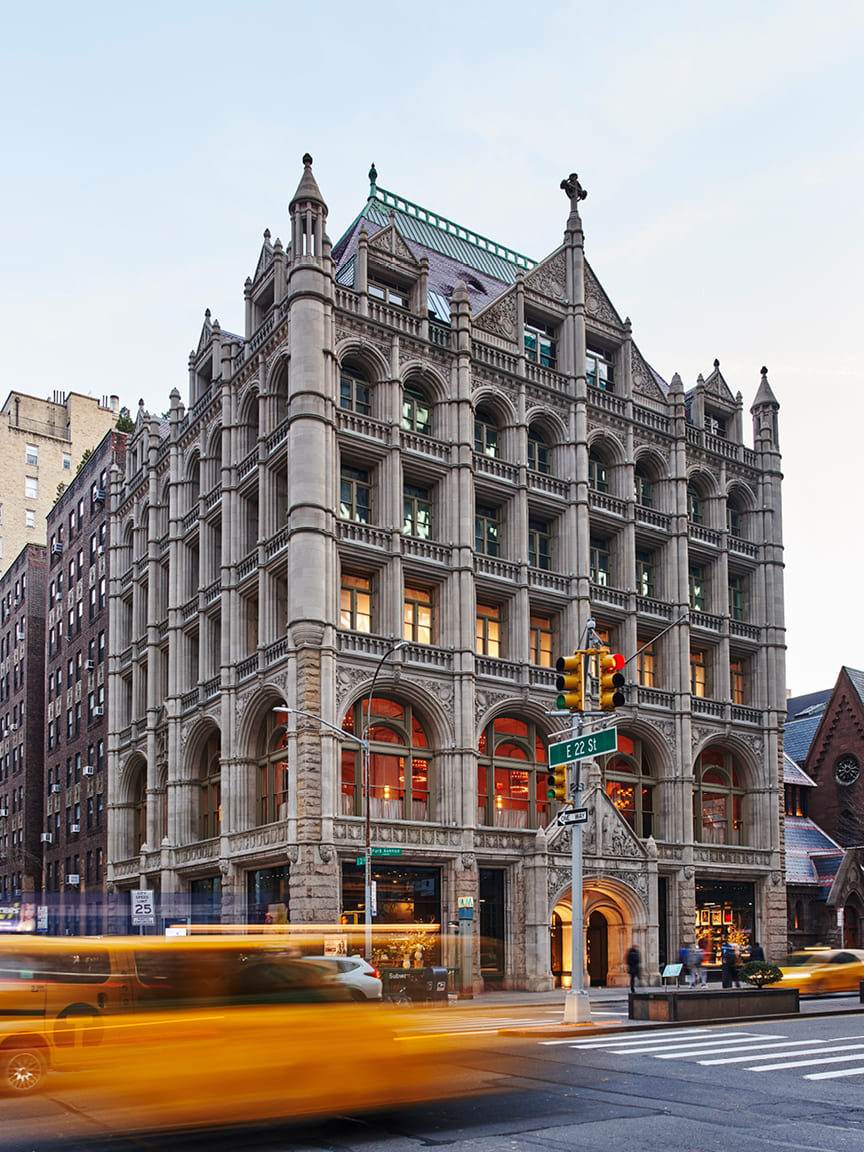
Last year, for example, Fotografiska New York hosted a major exhibition of work by the Chinese photographer Pixy Liao. The exhibition was the first time a museum had exhibited Liao’s work at this scale, and it came with some risks. Titled “Your Gaze Belongs to Me,” the show consisted of a series of self-portraits of Liao and her partner, each of which provocatively explored the charged historical dynamics between Japanese and Chinese society, as well as inverting the patriarchal instincts of both cultures.
In 2006, Liao, a Shanghai native who now lives in Brooklyn, met Moro, a Japanese student, while studying in Memphis, Tennessee. Since then, the couple have taken hundreds of performative self-portraits – Pixy depicting herself in an almost entirely dominant role, Moro assuming positions of pliant submission.
The images established Liao as one of the leading voices in a new wave of millennial and Gen Z Chinese photographic artists – ones who are newly willing to confront questions of patriarchy, femininity, sexuality and gender dynamics and how they play out in China, Japan, and indeed in the couple’s current home of America. Liao’s work has subsequently been censored in her native Shanghai, where Fotografiska is currently developing its own museum. But the show created a huge swell of interest in New York for the way in which the images instantly subvert our instilled orthodoxies.
Liao’s big breakthrough in photography came in 2019, when she was a headline show at Rencontres d’Arles. Founded by a community of avant-garde French photographers in 1970, having grown over its 53 editions, it has become the world’s most famed and storied contemporary photography festival. And there is, it could be argued, something of an umbilical cord between Arles and Fotografiska. Many of the artists who are first shown in the festival go on to get major solo exhibitions at the museum complex, their work suddenly visible to huge urban audiences the world over.

Bed Wrestling, by Pixy Liao,
from the Experimental Relationship series,
2019 ©Pixy Liao
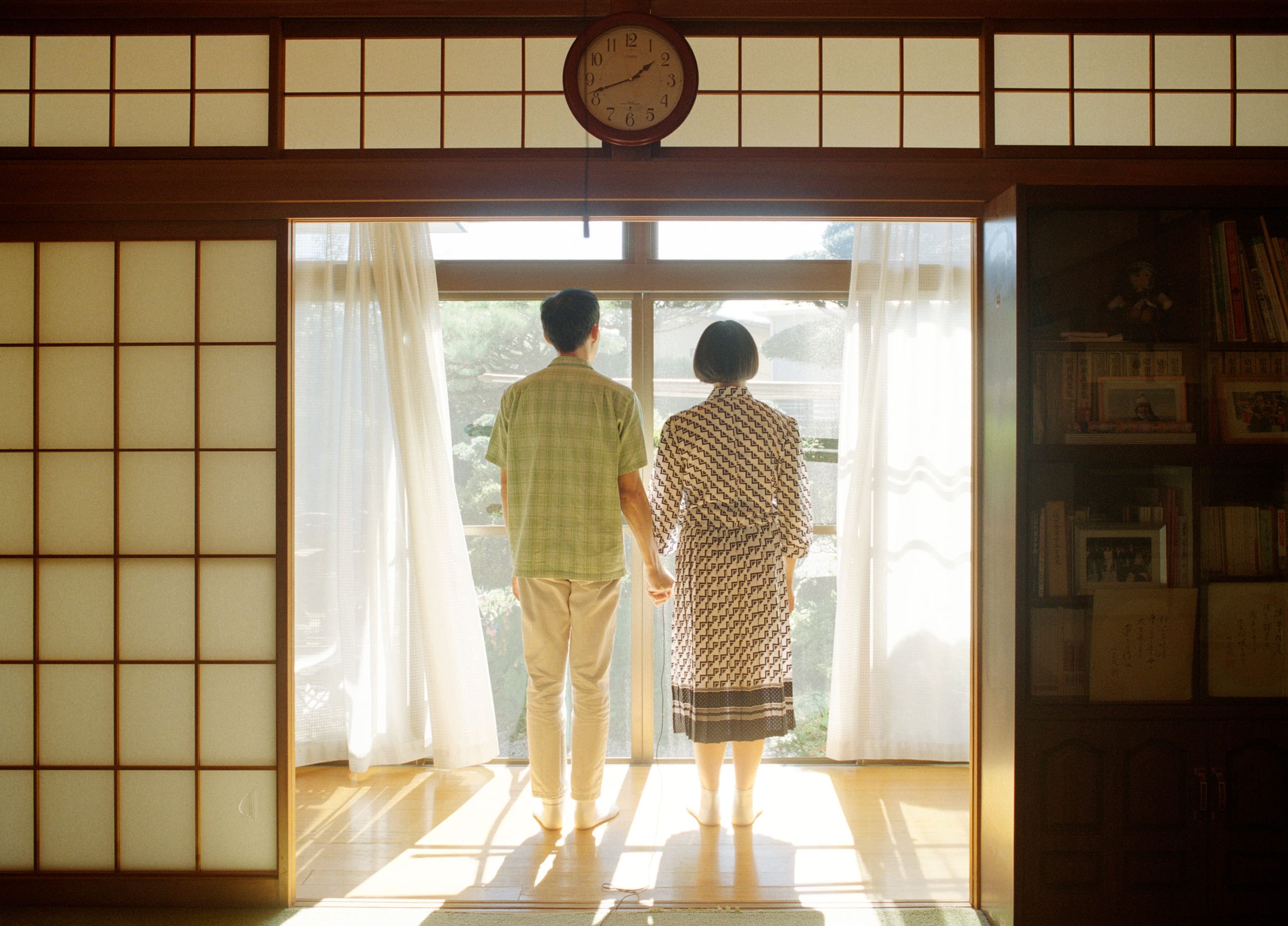
1:42 PM, 2019, by Pixy Liao, from
the Experimental Relationship series,
2019 ©Pixy Liao
“Photography allows for the creation of space where the multiple facets of the artists’ private selves echo with our plural communities”
VIEWING PLATFORM
For the 2022 festival this summer, Rencontres d’Arles was split into different strands – performing, experimenting, emerging, revisiting, exploring and testifying – with the 40 exhibitions, comprising 165 artists, curated to fall under these strands. The chosen imagery “rebels against orthodoxies and established standards,” explained Christoph Wiesner, the festival’s director. Using the words of the artist Emanuele Coccia as inspiration, he said: “It is to the visible, to images, that humanity turns for a radical testimony of their own being, their own nature.”
The words echoed most vividly at the Louis Roederer Discovery Award, a group exhibition at Arles of some of photography’s most exciting emerging talents. In both subject and artist, the works on display revealed the globalized nature of photography – its ability to confer different perspectives and ways of seeing. But, strikingly, American and specifically New Yorker photography took center stage.
The show’s curator, Taous R. Dahmani, noted how each of the ten artists on show “start out, each in their own way, from the intimate, from what is unique to them.” Adding that the photography, then, “allow for the creation of space where the multiple facets of their private selves echo with our plural communities.”
The Discovery Award opened with a series of deeply expressive self-portraits by Debmalya Roy Choudhuri, an Indian artist born in 1992 and based in New York City, and whom, until this point, was a comparable unknown in European photography circles. A Factless Autobiography is diaristic in nature, tracing, in non-linear fashion, the photographer’s experience of navigating a new city on a new continent whilst going through a profound period of grief.
For Roy Choudhuri, we learn, is still recovering from the death of his partner, who remained in India before committing suicide in 2018.
Tony looks at me, Home & Behind the veil, Rockaways,
by Debmalya Roy Choudhuri, from A Factless Autobiography series ©the artist
The self-portraits, then, are at first glance exactly that – introspective studies of a singular self. But, in fact, they explore more than one presence; a former relationship is caught in ambient suspension here. The artist says his images explore “the pain of separation,” the intensely personal yet universal experience of being forced to move on from a partnership that once consumed you, of having to submerge oneself in a new world, a new context, a new set of experiences; an unwilling, unwitting yet Phoenix-like renewal.
Loss is also central to the work of Rahim Fortune, who was born in 1994 in the Chickasaw Nation of Oklahoma, and who currently lives between Austin, Texas and Brooklyn. During the pandemic, Fortune was forced to leave his artistic community in Brooklyn to return to Texas to care for his father, who had fallen fatally ill and was in danger of dying alone.
The series, titled I Can’t Stand to See You Cry, begins at the dying father’s bedside, and ends with the bed left vacant. But Fortune’s visual transcription of loss could not be more different to that of Roy Choudhuri’s series. Fortune is a documentary photography, in the best American tradition. But he is interested in the evolving lexicon of the documentary language.
His exhibition in Arles consisted, mostly, of Fortune’s carefully controlled and crisply framed still life images of his father’s possessions, shown alongside intimate portraits of his father’s community: friends, neighbors, passersby. But Fortune has broadened the series further, framing his own images alongside stills taken from VHS tapes that capture his own childhood in the same place, 20 years previously. Objects from his father’s home, ones which speak of a broader American identity, also imbue the exhibition with an enduring and deeply resonant multivalency.
Arles also exhibited a new body of work by Daniel Jack Lyons, a Los Angeles-based artist who, in 2019, traveled deep into the Amazonian rainforest to photograph a secretive community of trans people. He went first to Careiro, a small town south of the isolated city of Manaus where he had arranged to meet with members of the community in the hope of capturing a youthful portrait of the town.
Lyons had not, he first thought, been met with a lot of enthusiasm or success. But, two days into his travels, whilst dining alone in a local cafe, he was approached by Wendell, a local drag performer. Wendell had heard Lyons was in town, and wanted to get involved; through him, Lyons was able, bit by bit and over the space of a number of months, to access a secretive community of transgender, non-binary and queer people living in Careiro or on the banks of the nearby Tupana River.
The resulting portraits, collected together for the series Like A River, are simply stunning; tangible and dream-like, yet dramatic and potent too. Lyons is able to hold in one frame the inner lives of some of Brazil’s most marginalized people, seemingly melding them together with a landscape of lush natural vitality. Many of the people Lyons photographed face a social stigma; some had been kicked out of their family homes or ostracized by their communities, living destitute, marginalized lives. But here, in Arles, they existed like deities – avatars for our own journey through life.
Like Pixy before them, perhaps they one day will be shown at 281 Park Avenue South, Veronika’s celebrated wine cellar lying in wait for the conversations that will surely ensue.
We recommend
THERE’S A COMING REVOLUTION IN ART, BUT SHOULD YOU GET INVOLVED?
In less than a year, NFTs have changed the landscape of art, yet they remain a puzzle to many. Tom Seymour looks at their staying power in the market.
THE ARCHITECTURE OF WINERIES
Can architecture fundamentally alter our wine experience? Some of the world’s finest wineries believe that building design can, as Jonathan Bell takes a tour
Vine art
Theodora Thomas selects the top ten vineyards with inspired art collections from around the world.
THE WHIMSICAL AND COLLECTABLES: DISCOVER THE LATEST IN GLASSWARE DESIGN
New generations are challenging traditional drinking etiquettes, as Debika Ray investigates the modern world of glassware

